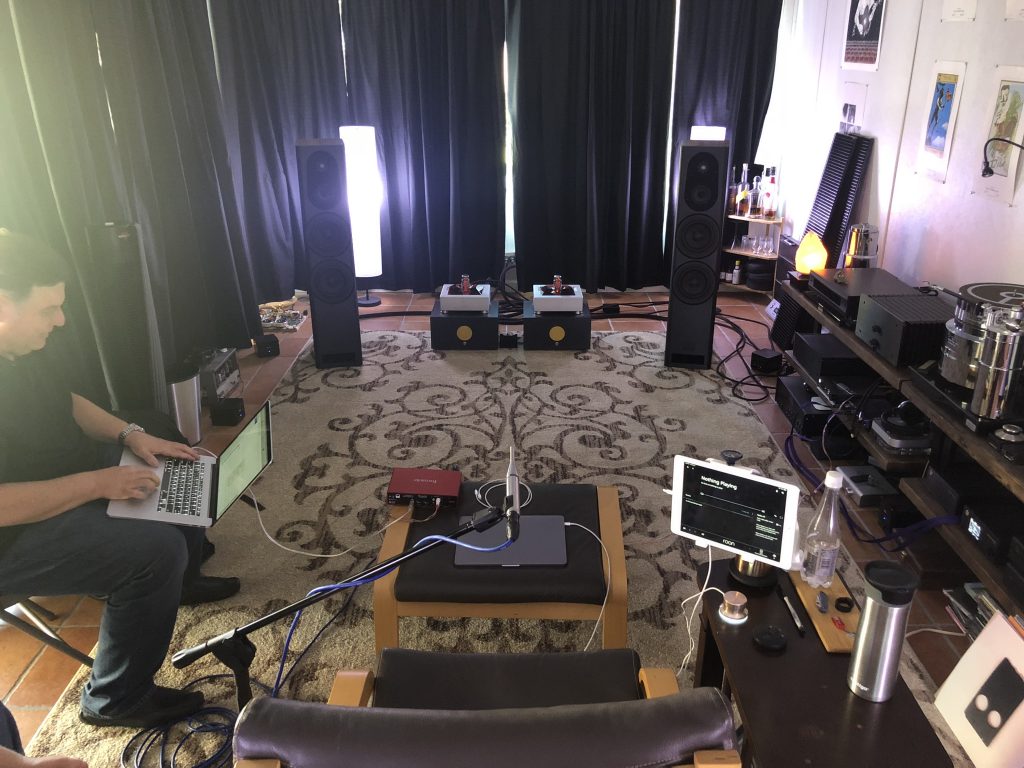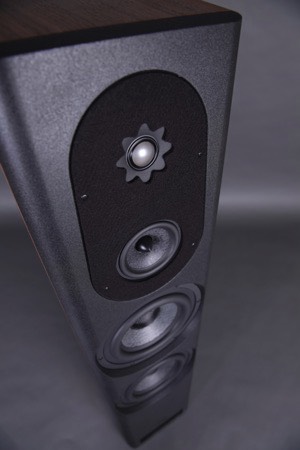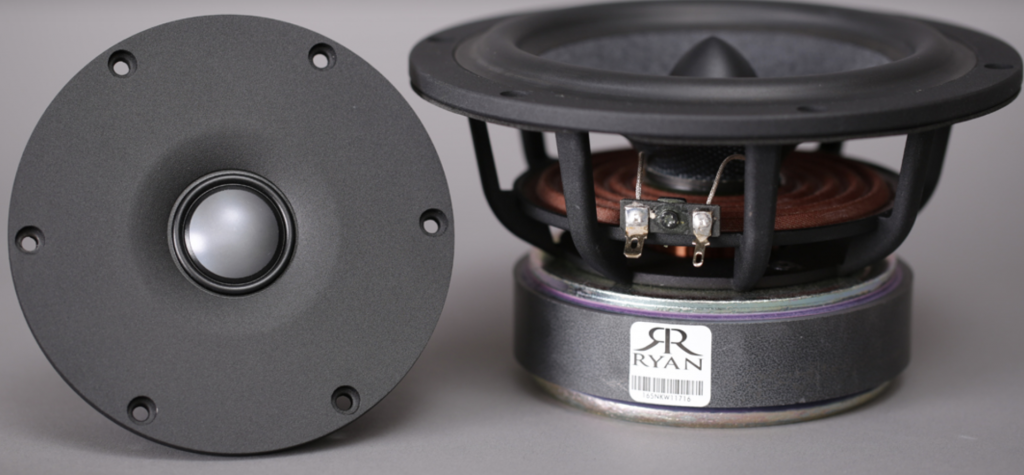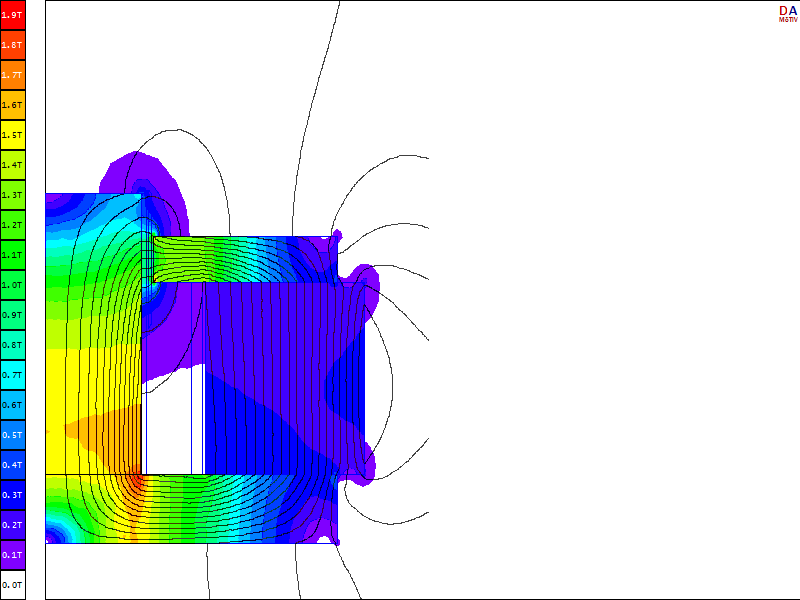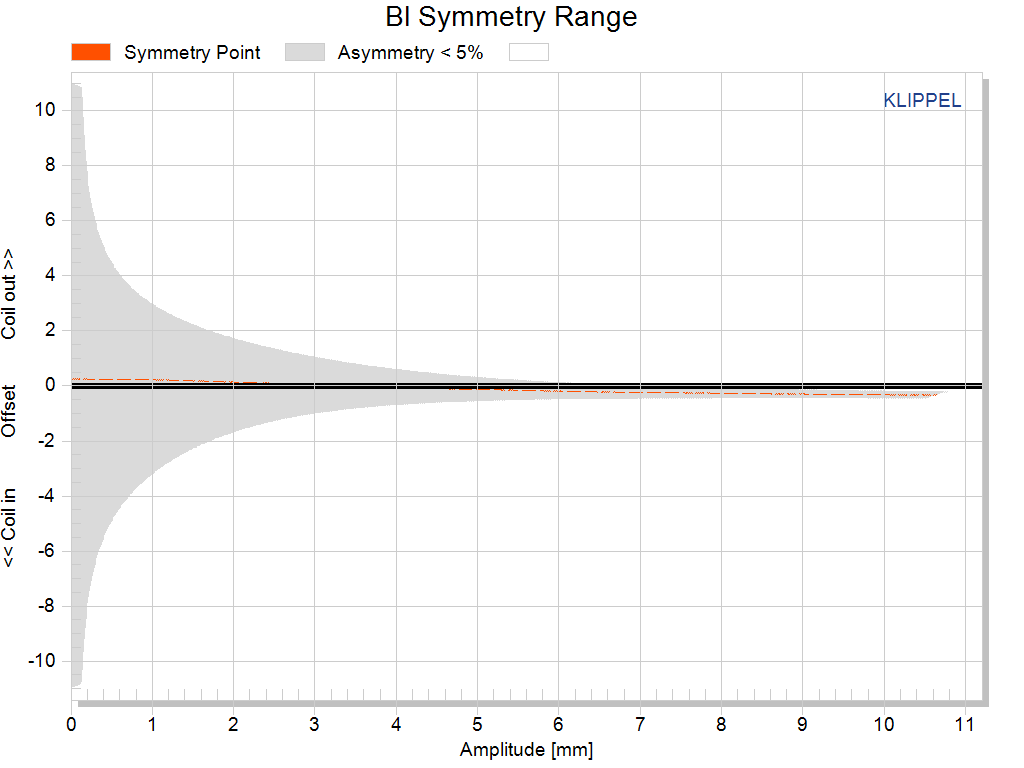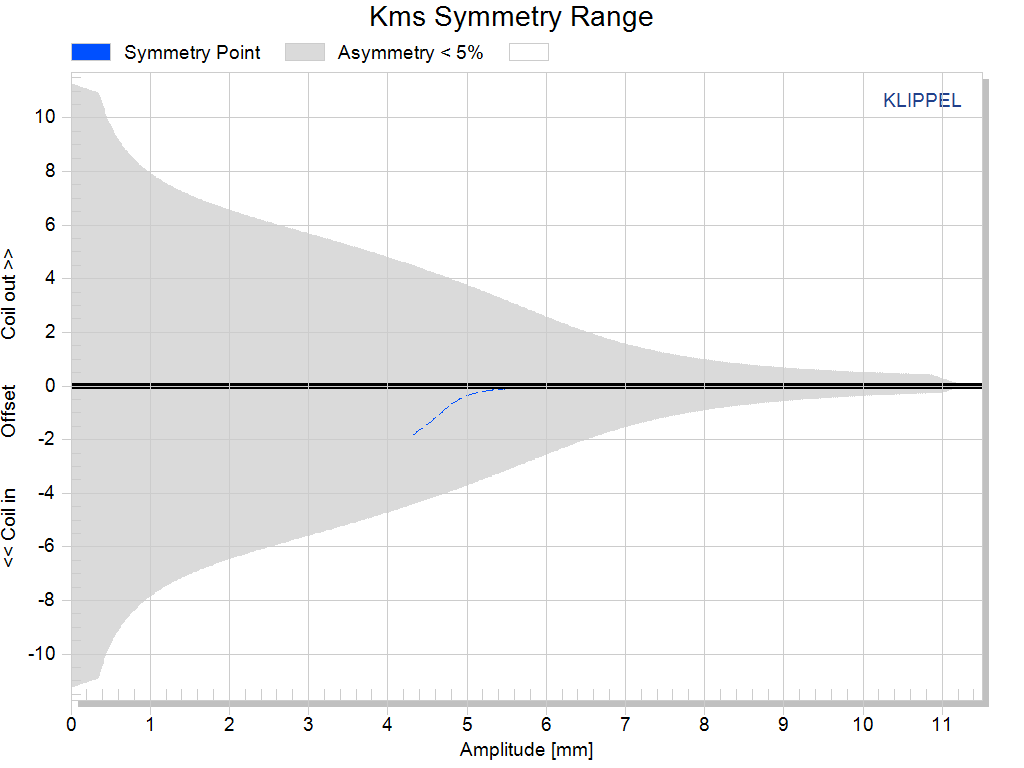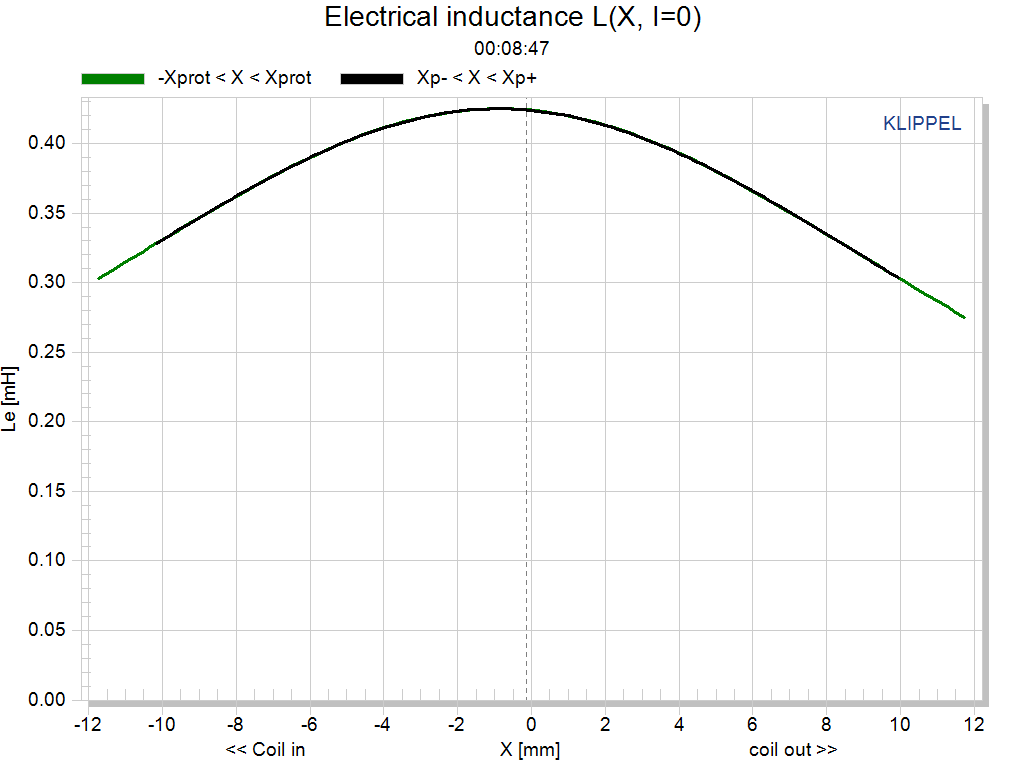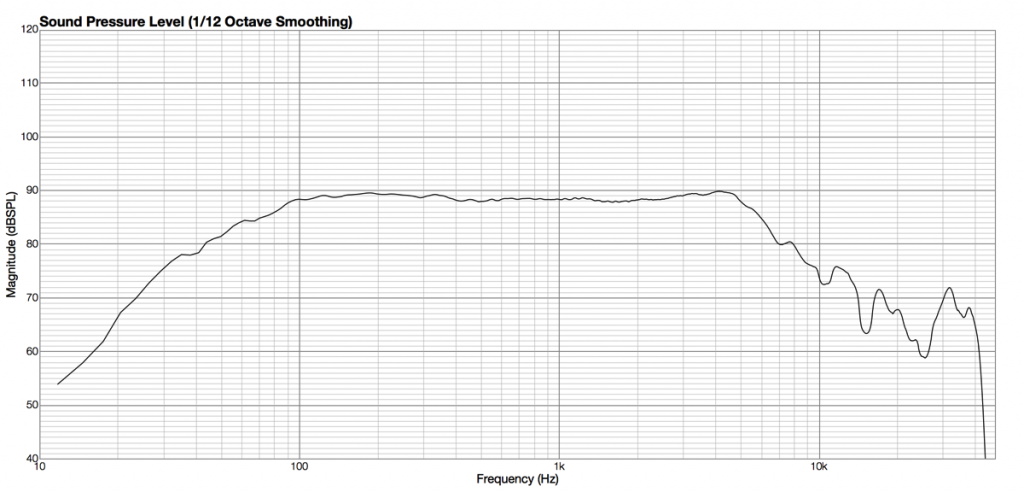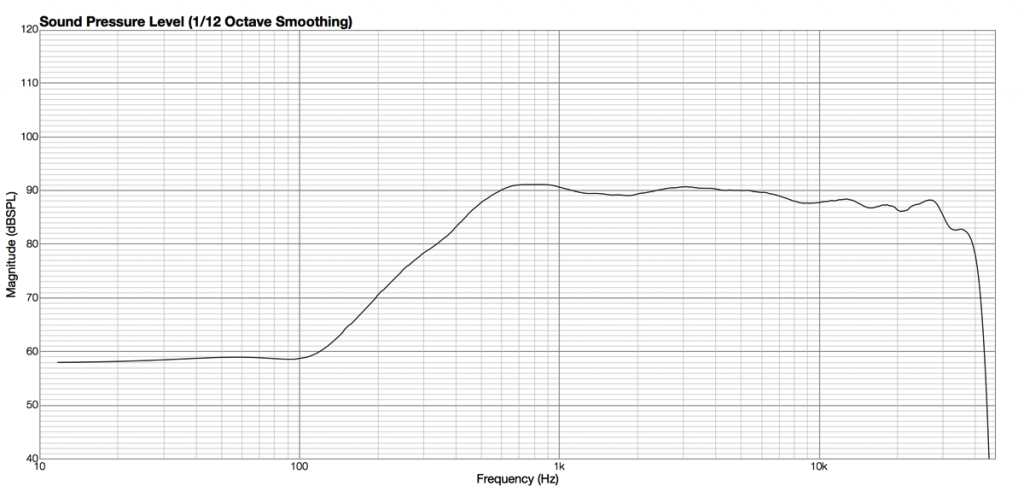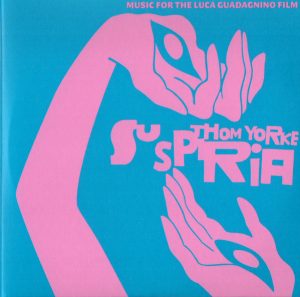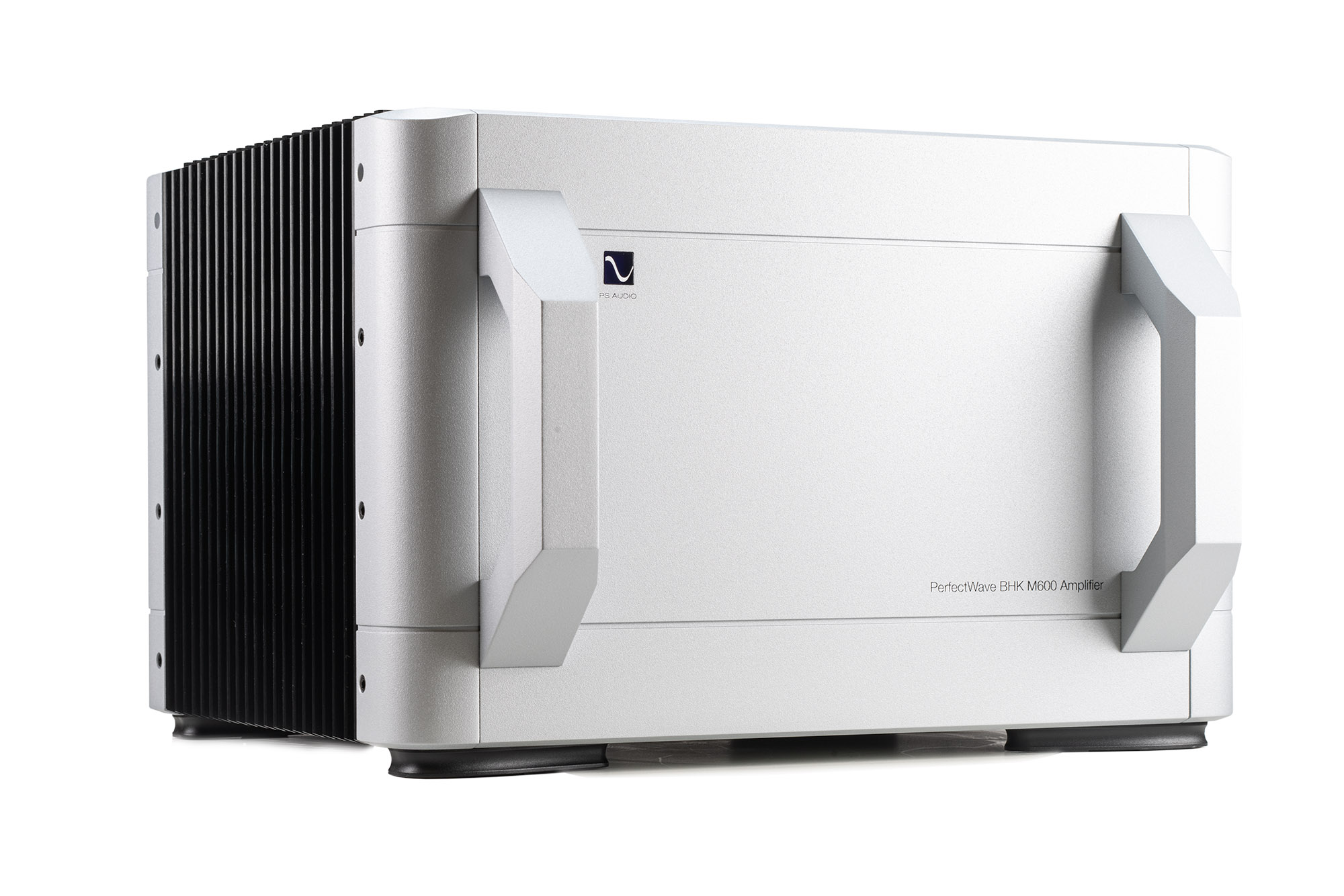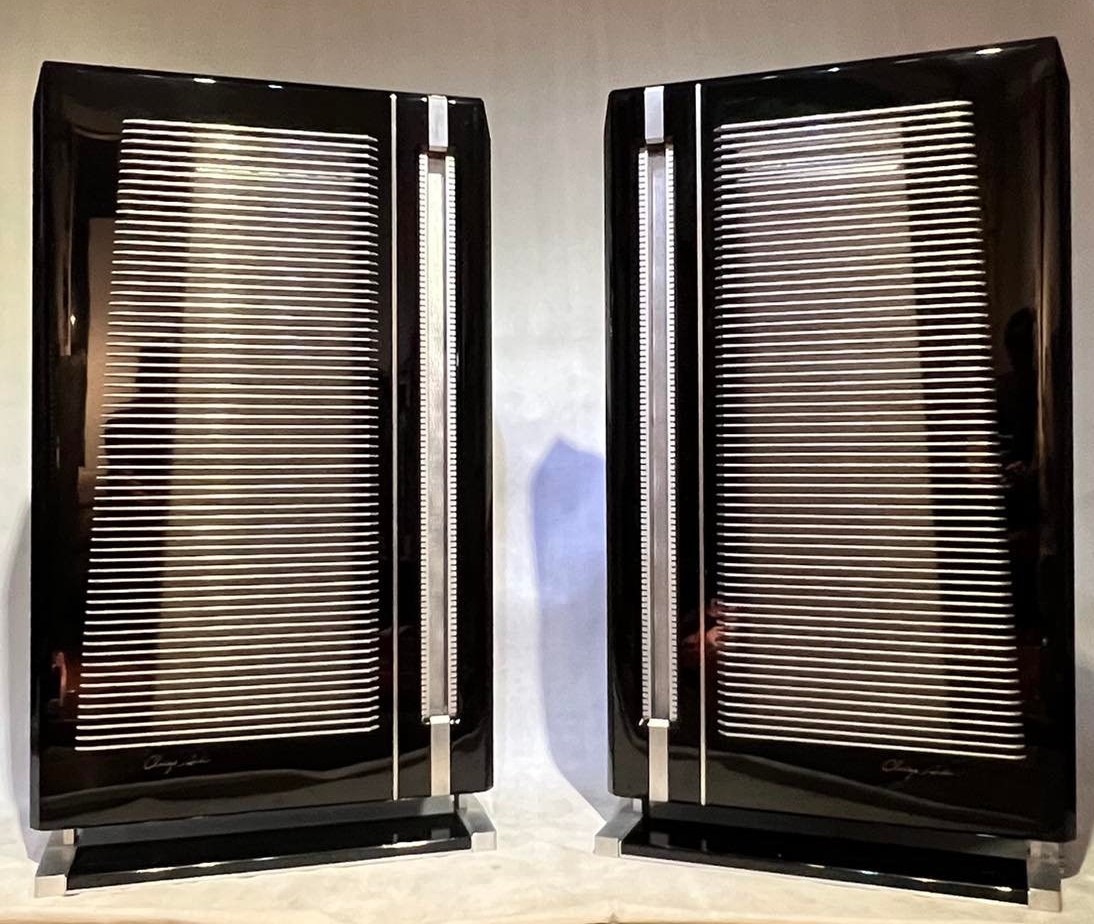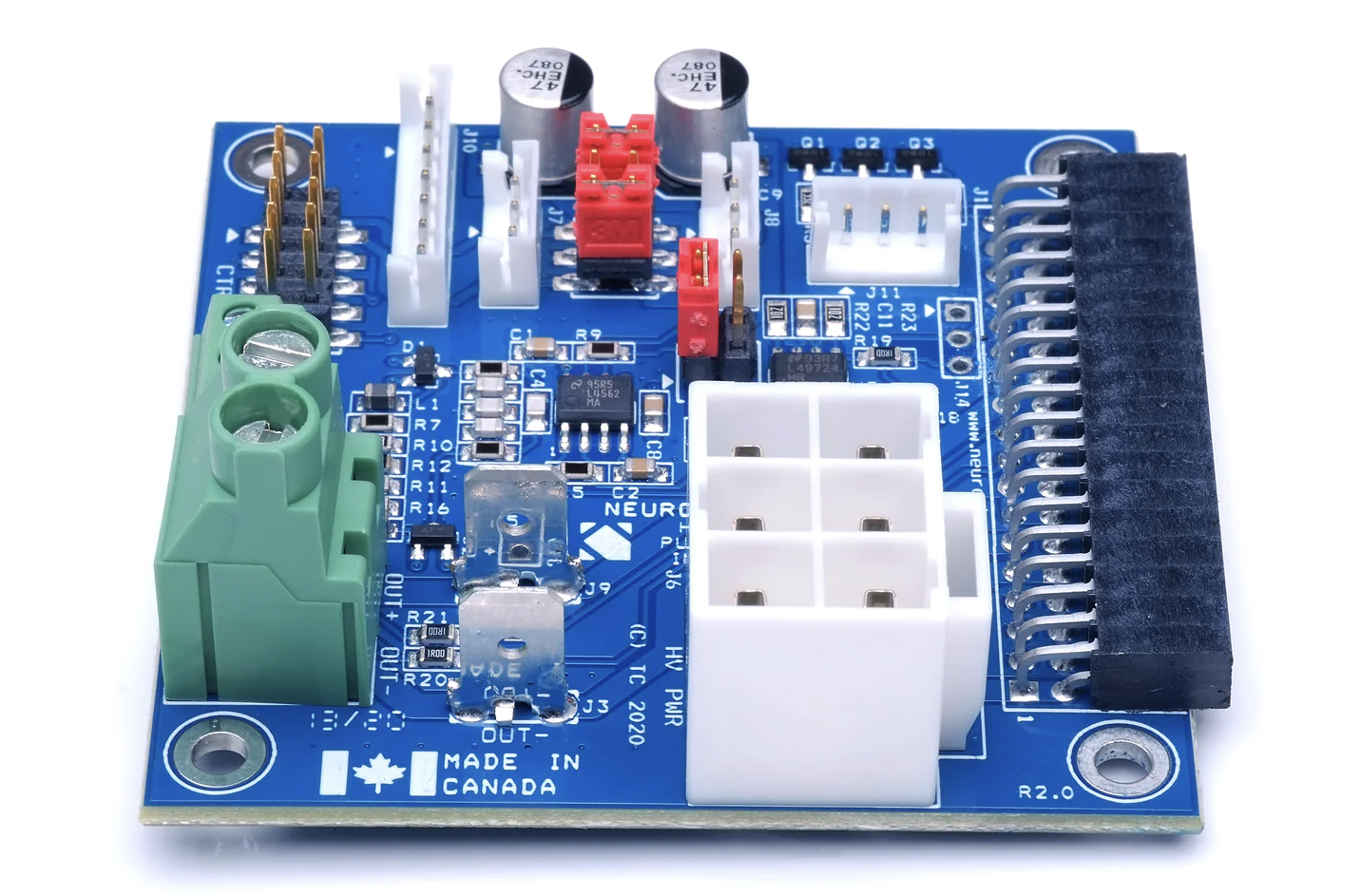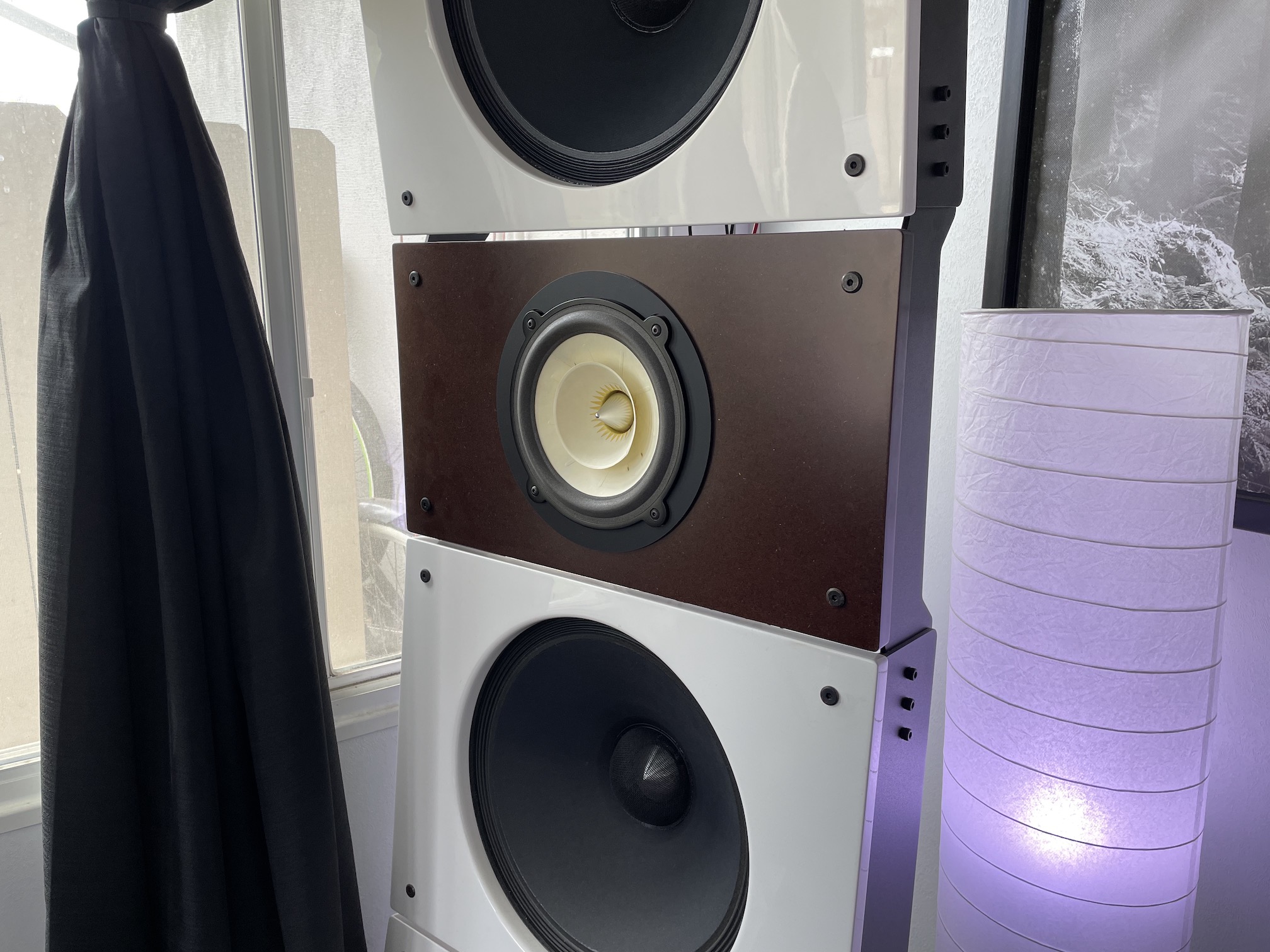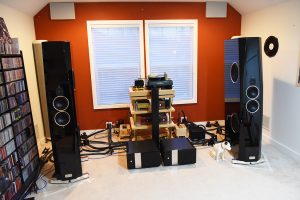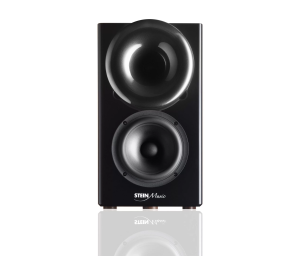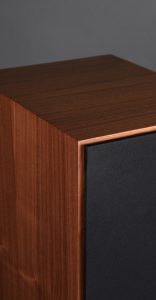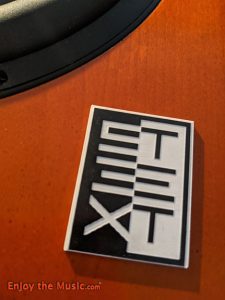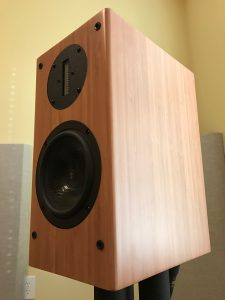So it goes like this…. A few years ago I was at a high end audio trade show, where you do the usual rounds asking your acquaintances "what do you like so far?" and time after time I kept hearing "The Ryan Speakers room." Sometimes this happens where I hear about a room this way and then go pay it a visit, rather than just stumble upon it. Does this taint the experience? Maybe a little. Because then you enter and have certain expectations. You soon find out that you either agree or disagree. Sometimes the music being played doesn't help—or the room is filled to the brim with people due to this huge "buzz"—but this was one memorable time I'll never forget.
Todd Ryan was in the room, and at the time it was during their revival, I soon found out (sorry, newbie here) that Ryan Speakers was around several years back—doing successful things, then went away for a bit, and now they're back. The room eventually cleared out and I was able to play something I was familiar with, WOW. I couldn't believe my ears—how can such big sound come from these small boxes? I think at the time this was the R620 series. I knew right at that point that I had to arrange a review.
As I was catching up with other friends at the show, like George Cardas, he was raving about Ryan speakers. He and the Ryans had a long old history together, and I have huge respect for George. He is a master inventor and designer and I find it always difficult to argue with him on the "what's what." I think one of the most important comments from him at the time was, "You can't get better price to performance value anywhere else."
So time went by, Todd and I kept in touch. At the time I was living in a smaller home. I had a dedicated room but Todd felt that a larger one would do more justice for his speakers, so we stayed in touch over the years. A few trade shows and a few new speaker unveilings later, I moved into a bigger place with a much larger dedicated listening room. I reached out to Todd and the stars aligned, he wanted a review of his newer S840 speaker (which uses some of the drivers from their flagship model, the Tempus series). They are also local here in Southern California, so it would be a delight to have them personally dropped off. They even offered to measure my room!
Eventually the Ryan brothers showed up with the speakers and measuring equipment in tow. We began the setup process. This process took a few hours as we noticed a bit of a dip in the 60-80Hz region based on where I usually sit—but after careful adjustment (I ended up sitting closer to the speakers) everything was sounding and measuring just right. I don't think this is something that is normally done—for this review it made sense—but it also goes to show you how much they care and know about designing loudspeakers.
The S840 is a modest-sized (medium) speaker. Its fit and finish allows it to blend in beautifully into any room. These speakers are not trying to be pieces of art—rather they are very purpose-built with no compromises. I only say this as I have run into too many speakers that appear to have been designed more for aesthetics, rather than sound reproduction. I would be proud to have these in any room of my house as they can virtually blend in with anything.
The S840 is a 3-way design consisting of a single 1" Chambered Beryllium Dome Tweeter, a 4" midrange (laminated Nomex cone, die cast frame) and two 8" woofers (Laminated Nomex Cone, die cast frame) all designed in house. The driver design itself is very impressive, I think it would be fair to put the detail here as taken from the Ryan Speakers website material in case you haven't seen it. Lots of care and expertise are given using some of the most important tools available.
From their website...
Driver Design
Ryan Speakers reproduce music with an unheard of clarity and lack of distortion. This can be directly attributed to our bespoke drivers. Everything about our drivers are custom engineered, prototyped and manufactured for the express purpose of making the best loudspeakers possible. Designing great drivers requires a substantial investment in simulation software, test equipment and time. We utilize software like FineMotor, FineCone and Motiv for complex simulations of our drivers prior to assembling a sample. Once a sample is assembled the Klippel Distortion Analyzer provides an unprecedented examination of the performance of our loudspeaker drivers and we use it extensively during development and production.
FEA
Using finite element analysis modeling software we are able to design a magnetic system that moves the voice coil with identical force throughout its inward and outward movement. During the development of a new driver we analyze the amount of voice coil excursion that will be required under normal playback levels. To minimize power compression we simulate pole piece saturation as well as voice coil heating and ventilation. The overall goal being drivers that can reproduce any audio signal without altering it in any way.
Symmetry
Reproducing music accurately requires a loudspeaker driver to move in and out with perfect symmetry. As you can imagine if the amount of force required to move the driver in or out is different it will be absolutely impossible for the loudspeaker to reproduce music without adding distortion. Regretfully very few commercially available off the shelf drivers work this way.
The following three area of symmetry we consider to be critically important in the design of our drivers:
Magnetic (BL) Symmetry
The magnetic system of a driver is simply the motor that moves the cone or dome, the measurement of this is expressed as BL symmetry.
The Klippel Distortion Analyzer allows the measurement of BL field symmetry as show to the right. The black line represents the resting position of the woofer, the gray area above this is the voice coils outward movement and the gray area below the line is the inward voice coil movement. In analyzing our drivers we look for perfect symmetry of the gray area.
Suspension (KMS) Symmetry
The suspension of a woofer or midrange is composed of the surround and the spider. The suspension controls the movement generated by the voice coil. As with the voice coils movement we look for the mechanical resistance of the suspension to be symmetrical as the driver moves in and out. Our design goal is to match the voice coil and suspension maximum linear excursion so the driver handles the dynamic range of any type of music with complete control.
Inductance Symmetry
The voice coil of a driver has inductance somewhat like an inductor in a crossover. This inductance can cause the frequency response to change depending on the location of the voice coil. Our goal is to design drivers that have no measured change in frequency response from the voice coils rest position to the limit of its excursion. We do this by designing drivers with multiple shorting rings placed in strategic locations which minimize this inductance variation. What this means when you listen at low or high volumes the tonality of the speaker is not altered in any way.
Frequency Response
The design goal for all of our drivers is to have as smooth as possible on and off axis frequency response. To achieve this smooth response in our drivers we employ amongst other things laminated cones. Laminating two dissimilar materials in our drivers, Nomex and Kevlar, we are able to eliminate the breakup of each material entirely. Nomex and Kevlar are both very light so the combined moving mass is similar to a typical Polypropylene cone.
In the graphs to the left you can see our 6.5" woofer and the 1" Beryllium tweeter used in the S series models. These measurements are performed in an anechoic chamber on a large test baffle allowing easily repeatable measurements in completely calibrated environment. Both the woofer and tweeter curve are very flat with a very controlled roll off free of breakup.
End of "From their website"
I'm not sure if you noticed (from the photos or not) that the speakers are also tilted back. This, according to Todd, was for perfect time alignment of the drivers. Since smaller drivers are in effect faster, they are positioned further back than the woofers. I thought this was just for looks! Ends up it, too has a specific purpose.
The rear of the speaker has 4 binding posts, which offers great versatility if one would were to bi-wire, or even bi-amp these speakers. I love when manufacturers offer such flexibility. I took full advantage, too, and tried both bi-wire, single wire (with jumpers), as well as bi-amping. Every time it offered better sound. If you are interested in reading up on the benefits of bi-wiring, there are plenty of articles online that you can use at your leisure. I can say that without a doubt—there is a minor sound quality increase when wiring the S840 in this fashion. There appears to be a better distinction of the highs versus the lows. The best thing is, you can graduate to this eventually with these speakers being so versatile. I also opted to bi-amp using identical amplifiers which even then took it to a whole new level. These speakers are quite efficient however so bi-amping is definitely not necessary, but if you, for example, prefer tube sound on the highs and solid state on the lows, you can satiate that desire quite easily here.
The Sound
Using Roon software to its full extent (love this software, check it out) I am able to quickly get to my most favorite tracks. This way I can start to boogie ASAP and not have to hunt around for the stuff I like. I started off with the latest Thom Yorke release, a soundtrack based on a 2018 remake of the Suspiria film. The track "Suspirium" offers a wide range of instruments and vocals that can really transcend. The S840 were no slouch here, offering perfect pitch on the piano and a haunting image of Thom Yorke's vocals.
Then I wanted to move onto something rock-concert-ish, so I put on Steve Wilson's Home Invasion In Concert at the Royal Concert Hall. This was really captivating, hearing a three-dimensional sound coming from two speakers! I could close my eyes, hear the audience and reverberation behind me, but it was like I was transported right to the show! What these speakers do really well, is provide space and image like nothing I've ever heard. Not many cone driver-based speakers have the ability to throw an image around and offer almost zero distortion. I am a huge fan of planar speakers so this was a nice welcome surprise.
Moving onto some electronic music, to see if I can get these woofers moving. This is an interesting one for sure as most ported speakers I've heard make a huge muddy mess of the frequency range below 60Hz. I put on the latest dgoHn (pronounced "John") album (Devils) which offers a plethora of synthesized / sampled drums and other things. While the bass isn't shaking me in my chair, the bass was extremely accurate—tonally perfect and with perfect timbre. Perfect for jazz music, or anything that uses the entire frequency spectrum.
I want to wrap this one up and say that I am honored to get to audition a speaker from such a legendary speaker design team—one that comes with kudos from George Cardas himself. The Ryan brothers really know what they are talking about, are an absolute pleasure to deal with and talk to, and I can't think of anything that would make this review any better other than to say, if you are after one of the BEST values on the planet when it comes to loudspeakers, look no further than a company that has been through thick and thin, located here in the USA, do yourself a favor and get in touch with these guys. This may well be your last loudspeaker.
S840 Loudspeakers
Retail: $9995
Ryan Speakers





